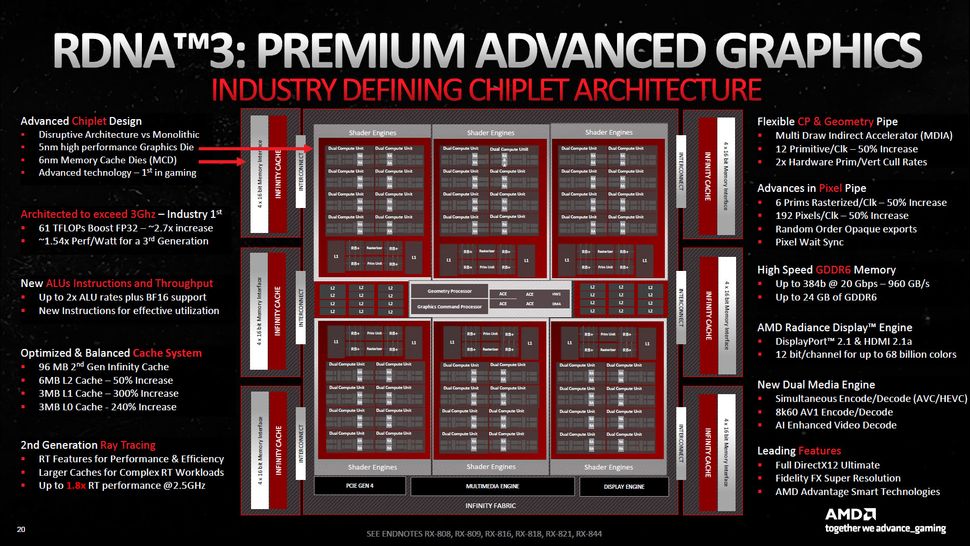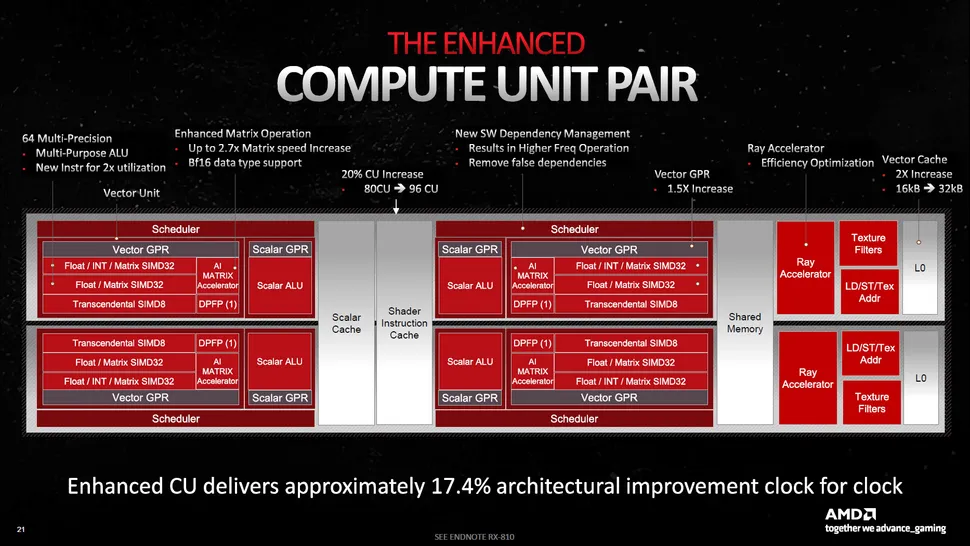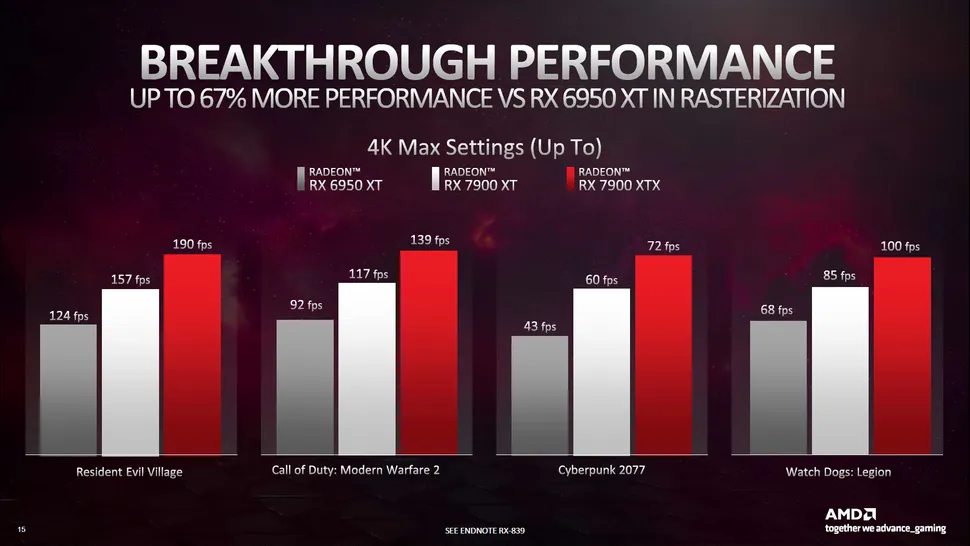I'm not getting into a whole thing about Intel and Windows phones.


The reasons Nvidia was able to leapfrog them are a bigger process node jump and that it countered their Infinity Cache by packing the 4000-series with L2 cache. Meanwhile, AMD reduced its top spec GPU from 128 MB of Infinity Cache to just 96 GB, presumably because they are/were planning a 192 GB or 288 GB version with stacked 3D cache. Also, the RTX 3000 series was at a process node disadvantage and now they're on a node that's ahead of what AMD is using. But, all that L2 cache is adding a lot of cost, which every gamer just loves to complain about.
Still, this is not what "stagnation" looks like:

That's quite a claim. Do you have any evidence to support it?Not only is Intel new to the driver scene for capable GPUs, but the devs made the games to run on existing hardware. If you make the games so they run on Intel hardware they will run better on that than AMD hardware.
They objectively did not. The RX 7000 includes quite a few enhancements, optimizations, and innovations.AMD has completely stagnated in the GPU department.


The reasons Nvidia was able to leapfrog them are a bigger process node jump and that it countered their Infinity Cache by packing the 4000-series with L2 cache. Meanwhile, AMD reduced its top spec GPU from 128 MB of Infinity Cache to just 96 GB, presumably because they are/were planning a 192 GB or 288 GB version with stacked 3D cache. Also, the RTX 3000 series was at a process node disadvantage and now they're on a node that's ahead of what AMD is using. But, all that L2 cache is adding a lot of cost, which every gamer just loves to complain about.
Still, this is not what "stagnation" looks like:


